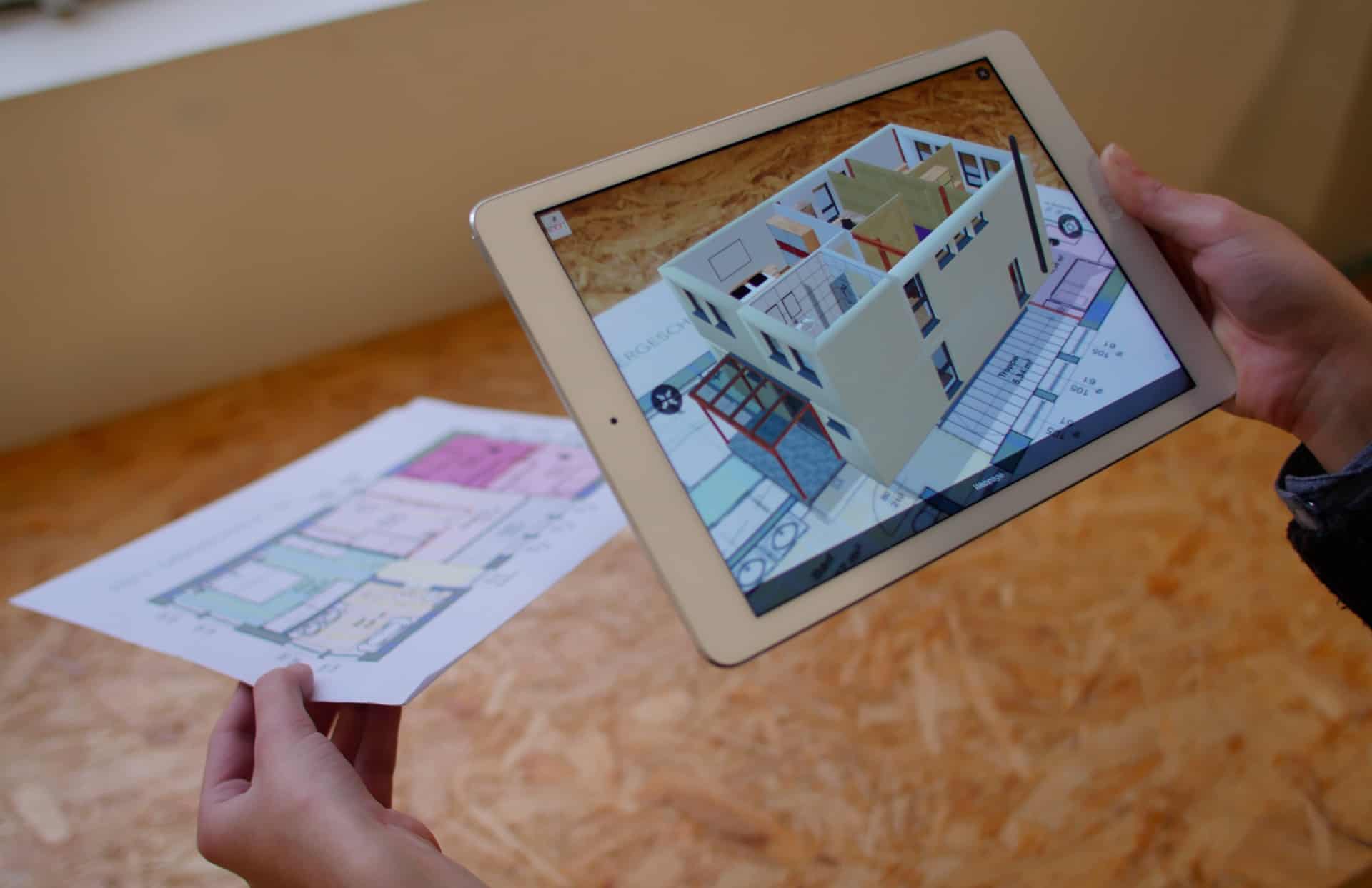How digital tools can increase public engagement prior to submission
Published: 16.01.19
The revised NPPF (2018) continues to encourage applicants for planning permission to engage with the local community prior to submission. The framework states that ‘plans should be accessible through the use of digital tools to assist public involvement and policy presentation.’
Developments can generate questions, concerns and sometimes opposition from community residents. Well-managed consultations start early, seek a more balanced engagement and encourage the ‘strategic’ thinkers to engage – but, they too frequently fail to engage with communities, in particular with younger age groups – yet it is their future we are planning for.
‘Communities are far more accepting of development when they can see that it benefits the public interest.’
The challenge for planners is utilising digital tools to engage the public, prior to submission. In this article, we will discuss the digital trends and platforms that will assist planners in increasing public engagement.
Advantages of engaging the public
Engaging the public early in the decision-making process can help local agencies avoid costly pitfalls and mistakes. Additionally, involving residents and communities in the process can generate further support for the final decisions reached.
Additional benefits of engaging the public include:
• Better identification of the public’s values, ideas and recommendations
• More community buy-in and support, with less contentious and more civil discussions.
• Faster project implementation with less need to revisit.
• Better informed residents, regarding issues and local agencies
Social media
Technology is changing the way we live, work and communicate.
The rise of the internet and digital tools is revolutionising community engagement in urban planning and development, in particular the engagement of disinterested or fatigued communities and young people. There is a need to start an industry-wide conversation around the spatial impacts of technological change, motivating young and dynamic thinkers and those who see change as exciting – rebalancing the objection-driven engagement culture which has dominated planning in recent decades.
Easy-to-use digital tools are particularly suitable for gathering local knowledge, views and ideas in early stages of projects. This in turn allows the benefit to gathering feedback on emerging design ideas and budgeting proposals. Social media presents the opportunity for individuals in communities to open direct conversation with planners. In doing so, planners can reply with swift and accurate responses, arrange further communication and, in result, improve trust with communities.
‘Monitoring social media accounts provide planners with a ton of valuable, candid insight.’
Residents can say what they feel on social media, and by searching hashtags, planners can discover views and ideas of communities in the early stages of projects.
Augmented reality (AR)
Augmented reality is a live view of a real-world environment whose elements are augmented (or supplemented) by computer-generated input such as; sound, video, graphics or GPS data. In other words, artificial information about the environment and its objects is overlaid on the real world. One of the most effective uses of augmented reality is in visualising architecture/urban design projects.
Computer-generated images of a structure can be superimposed into a real life local view of an area or site before the structure is constructed at the location. This can be done using mobile phones, tablets or computers.

Councils and developers can use special 2D postcards to consult with communities on their proposals. Community members and stakeholders can hold one of these specially designed cards, and by using their mobile phone, tablet or computer, appear to be holding a 3D building or piece of infrastructure in their hand. They can build walls, look through windows, and turn the building around to see it from all directions.
Conclusion
‘Proper’ community engagement in urban design and planning benefits all parties.
Communities gain the sense of ownership over the resulting proposals and through digital platforms will be more inclined to engage in their implementation. Developers, planners and local authorities find a solution that is acceptable to local people, and often in a shorter timescale than they would be able to achieve just through the ‘conventional’ and statutory consultation.

